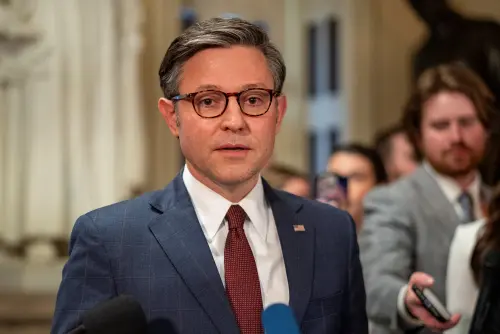When experts and pundits are asked what the next President should do, they typically respond with a list of policy suggestions, often mixed with stylistic and political pointers aimed at improving the chances that these suggestions will be well received. Few are likely to focus their answers on institutional change, which is all too easy to conflate with the yawn-inducing phrase “governmental reorganization.” Yet the neglect of institutional design is always a mistake, and never more so than in times of change and crisis. With few exceptions, it is all but impossible to devise and implement genuinely new policies without concomitant organizational design innovation.
Our own history makes this clear enough. A long list of profound challenges has summoned bursts of institutional creativity, the effects of which linger far longer than the occasions that evoked them. The inadequacies of the Articles of Confederation set the stage for the Philadelphia convention and a new Constitution. The electoral crisis of 1800 produced the 12th Amendment, the first significant change in the structures the men of Philadelphia had produced. In the aftermath of the Civil War, Congress and the American people ratified three amendments that resolved—at least in principle—our founding ambivalence between the people and the states as the source of national authority, between the states and the nation as the locus of citizenship, and between slavery and the equality proclaimed and promised by the Declaration of Independence.
We did not stop there. Recurrent financial panics in the last decade of the 19th century and the first decade of the 20th seeded the creation in 1913 of the Federal Reserve Board. The Great Depression produced a flurry of new Executive Branch and independent agencies, as well as the Bretton Woods international economic institutions in the wake of World War II. The onset of the Cold War spawned the Department of Defense, the National Security Council and the CIA. The growing monopoly of fiscal competence and power in the Executive Branch led the legislature to counter by creating the Congressional Budget Office. The terrorist attacks of September 11, 2001 led to the creation of the Department of Homeland Security and the reorganization of the U.S. intelligence system.
Genuine policy innovation does not always require the creation of new structures and processes. Some institutions do find ways to transform themselves from within. Perhaps the best recent example is the U.S. Army, whose established structure and modus operandi experienced not one but two rude shocks in Iraq. Not only did the Army need to develop new capacities to fight counterinsurgency campaigns; it also had to pivot from winning the war to a “nation-building” focus for securing the peace. Each required profound changes in doctrine, organization, personnel and training.
The Army’s capacity for self-reflection and innovative renewal should be a model for the rest of the government. The Army uses after-action reviews to assess, as honestly and bluntly as possible, what went right and wrong. It would be a quiet revolution if other U.S. government agencies did the same.
But they generally don’t. As bureaucratic as military organizations and the Department of Defense itself can be, these institutions are necessarily focused on outcomes, while many other government institutions seem focused on process. It is harder for process-habituated institutions to respond quickly and effectively to external challenges without the guiding hand of an institutional re-designer, but we desperately need such a guiding hand now, for signs abound that we are entering a new cycle of challenge and response.
The global economic meltdown offers the most obvious example. Take the Wall Street Journal of October 7, 2008, where readers found an article lamenting the European Union’s failure to arrive at a coordinated response to the crisis, and tracing that failure to the lack of institutions that could do for Europe what the Fed does for the United States. On the same page appeared a summary of a speech by World Bank President Robert Zoellick decrying the failure of the G-7 and calling for a more globally representative organization with greater capacity—including a new “steering group”—to forge coordinated policies. Elsewhere that same day, reports appeared of President Bush’s willingness to join with European leaders to forge a “new Bretton Woods.” Also prominently featured were scathing criticisms of the array of Rube Goldberg-style regulatory institutions that had proved unable to foresee and ward off the financial crisis, along with calls for radical institutional change.
The moral is clear: In challenging times, political leaders are drawn to institutional reform, not because they want to do it, but because they must. Our own era will be no exception. The question is not whether we will create new institutions in the next four, eight or ten years, but how, to what purpose, and with what consequences for the nation and the world.



Commentary
Intelligent Design: How to Change America
December 18, 2008